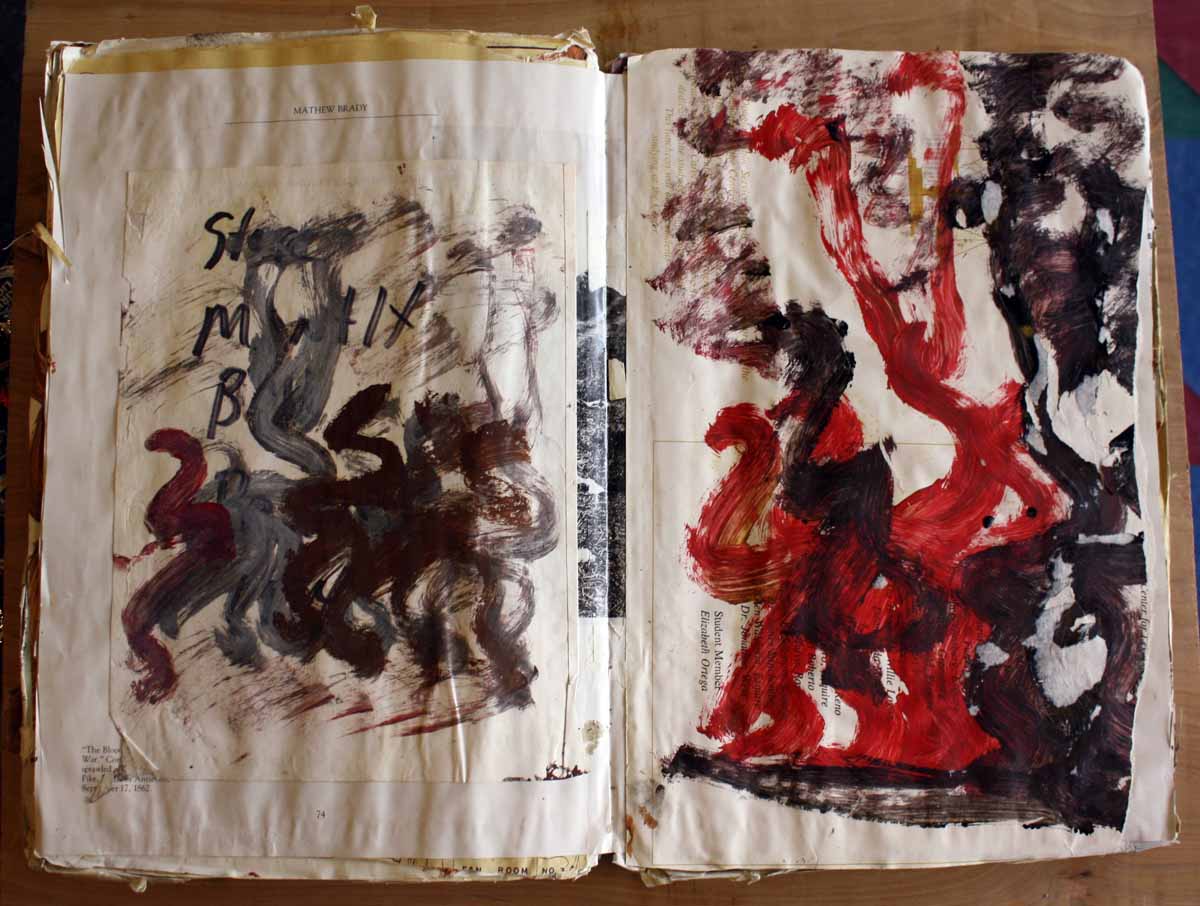Born in Pittsburgh on August 6, 1928, Andy Warhol was an American artist and filmmaker. Warhol was a central figure in the visual art movement known as “pop art.” Pop art encompasses paintings that focused on mass produced commercial goods. After a highly successful career as a commercial illustrator, Warhol became a globally recognized and even controversial artist. The Andy Warhol Museum in Warhol’s native Pittsburgh houses an extensive and permanent collection of art and archives that allows visitors to engage in a “creative interaction with the art and life of Andy Warhol,” according to the museum’s website. The impressive collection features 900 paintings; roughly 100 sculptures, approximately 2,000 works on paper; 4,000 photographs; and well over 4,000 videos.
Today is actually the perfect day to examine one of Warhol’s most interesting work subjects: Campbell’s soup cans. July 9, 2012 marks the 50th anniversary of Warhol’s first solo art gallery exhibition, which took place at L.A.’s Ferus Gallery in 1962. The exhibition featured Warhol’s famous Campbell’s Soup Cans, which sold for just $1,000. The work features four rows of Campbell’s Soup cans with eight cans in each row for a total of 32 cans. Each can represents a different variety of Campbell’s Soup with the first one being Campbell’s Tomato Soup. There is no evidence to suggest that Warhol chose a strategic arrangement for the cans in his piece. Campbell’s Soup Cans may have been inspired by the fact that Warhol ate Campbell’s Soups for lunch every day for 20 years.
The exhibition made Warhol an overnight sensation primarily because of the controversy that was stirred as a result of his depiction of a mass-produced commercial good. The repetitive nature of the painting was likely created by Warhol because of how often he ate Campbell’s Soups during his lifetime. Throughout his time, Warhol continued to play around with the image of soup cans and the original 32 Campbell’s Soup cans later sold for a whopping $15 million to be permanently housed at New York’s Museum of Modern Art.
Prior to painting soup cans, Warhol focused on painting comic strip characters. However, when Warhol learned that Roy Lichtenstein, another artist, was also painting comic strip characters, he needed a new subject matter. Of course, the best option was Campbell’s Soup cans.
As a Pittsburg native, I would like to recognize and commemorate the life of Andy Warhol on this 50th anniversary of his Campbell’s Soup Cans.
Charles Hamilton is an arts instructor for The College City. As a Pittsburgh native, Charles frequently visits the Andy Warhol Museum. He is also planning a trip to New York to visit the Museum of Modern Art to view Warhol’s original Campbell’s Soup Cans
